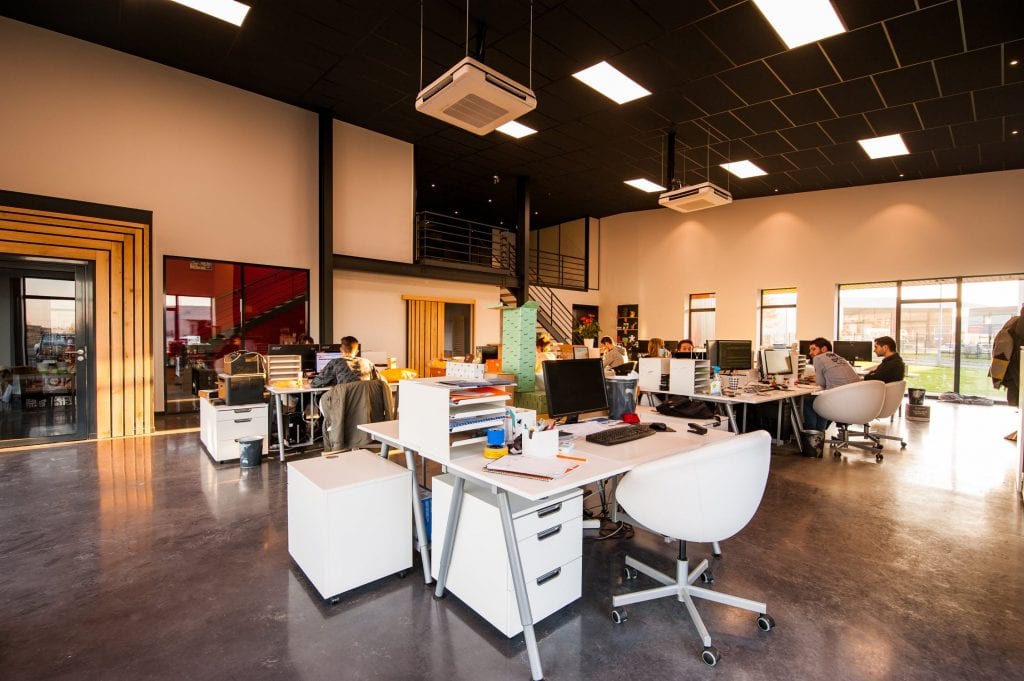Ways To Encourage Innovation In The Workplace
The only constant in life is change. That’s why it’s important for corporate culture to be able to embrace change, innovate, and explore new methods of doing things. But sometimes, even the most open-minded company may find itself following a culture that needs a little help and encouragement for new, creative ideas can be born. In order for companies to be innovative, they need a community of people who are comfortable and willing to try something different as a team. They need culture hackers! Here’s how companies can encourage innovative attitudes and ideas among their employees through an engaging mix of education and fun events.

1. Appreciate new ideas
Whoever said “truth never changes” was either clueless or lying. There’s always someone ready to challenge the status quo, and when they do, it’s important to support them in ways that don’t make anyone feel threatened. In the case of innovative ideas, entrepreneurs are often eager to hear your opinions and provide feedback, but that doesn’t mean you should automatically disagree with the things that challenge you. If an idea is worth it, it should be rolled out as quickly as possible. To make this work, encouragement needs to come from all sides.
2. Empower juniors to be decision-makers
Often, it’s the youngest person in an organization who is up to date with the most recent trends. That means it’s up to your company culture to foster a relationship of trust within the company that allows everyone to feel comfortable voicing their opinions and knowledge about trends, even if they’re younger than you. The best way to do this is to encourage junior employees to become decision-makers in as many aspects of your business as you can.
3. Keep company morale high

Your employees are your biggest asset, but that doesn’t mean they’re perfect. They might become frustrated, causing them to act out in ways that might reflect negatively on your company culture, displaying that they’re not exactly happy or active enough. Use these opportunities to understand your employees and their opinions on what needs to be done different.
